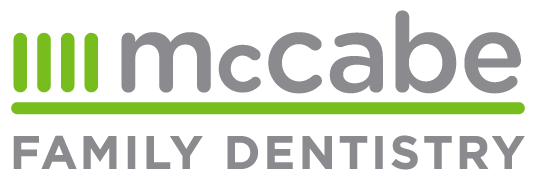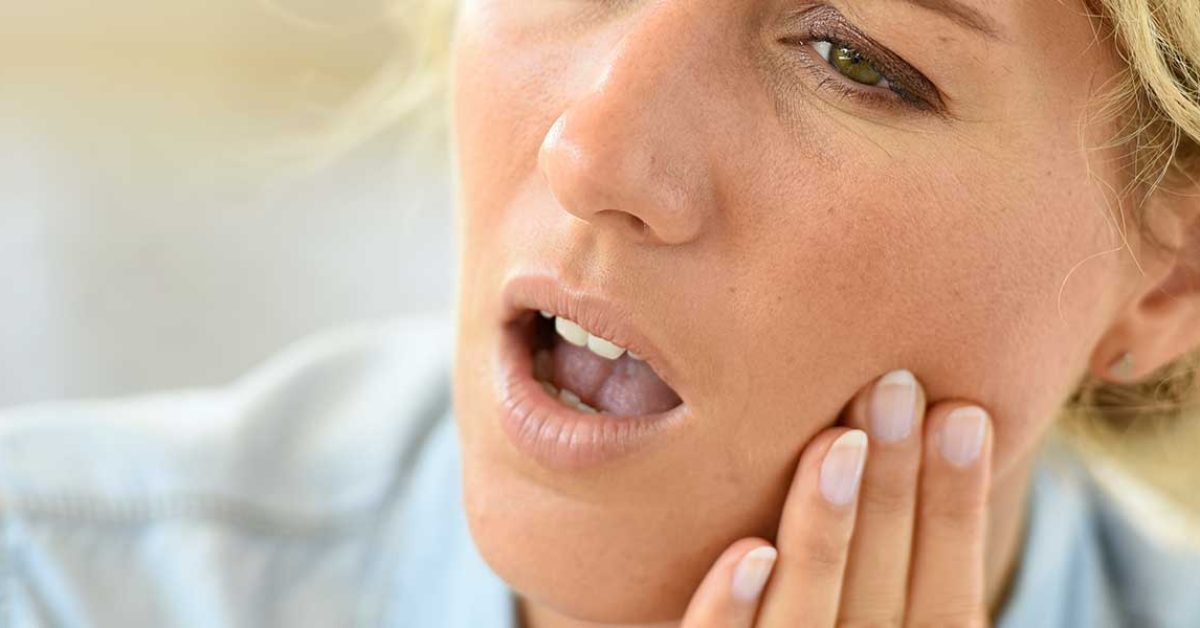TMJ pain is more common than you think! About 12% of adults suffer from pain in their jaw joints and muscles.
The TMJ (short for the Temporo-Mandibular Joint) is one of the most complex joints in our body. It connects the moveable lower jaw to the base of the skull and allows movements forward, backward, and side-to-side. This joint gets used frequently every day – the TMJ is the joint that allows you to chew, speak, swallow, and yawn. And furthermore, since both sides are connected together by our lower jaw bone (mandible), a problem on one side can lead to downstream effects on both sides of the head and neck.
When there is a problem with the TMJ, it is referred to as TMD (Temporo-Mandibular Disorder). Unlike most other musculoskeletal and chronic pain conditions, it is more likely to occur in younger patient between 18 and 45. Most commonly, TMJ is caused by muscular pain, which can be exacerbated by oral habits such as grinding or clenching the teeth, stress, and anxiety. TMD can also be caused by trauma or joint disorders such as osteoarthritis or an internal displacement of the joint itself.
Symptoms of TMD (dysfunction of the TMJ) include:
• Pain in the muscles of the jaw, face, temples, neck, or shoulders
• Pain in the jaw joints or near the ears
• Clicking, popping, or crunching of the joints
• Ringing in the ears
• Dental pain or sensitivity that is not caused by dental disease
• Changes in how the teeth fit together or the alignment of the teeth
• Limited motion in the mouth
Luckily, there are a number of ways to treat TMJ pain including:
Self-care: improving posture, getting a full night of sleep, reducing stress, eating a softer diet
Medications: non-steroidal anti-inflammatories (NSAIDs), muscle relaxants, tricyclic antidepressants, and medical cannabis have all been used to provide relief from tooth pain
Physical therapy: massage, gentle exercises to stretch and strengthen the jaw muscles, moist heat, or ice can be helpful to manage TMJ pain
Nightguards or oral splints – custom-fitted acrylic appliances that allow relaxation of the joints, balance the bite, and prevent damage to tooth structure.
Neuromodulators (ex. Botox, Dysport) – Neuromodulators such as Botox or Dysport allow relaxation of the muscles of the TMJ, reducing load on the TMJ. They also reduce pain feedback mechanisms from the muscles, allowing for highly effective pain relief in the TMJ
At McCabe Family Dentistry, Dr. Rory and Liz McCabe are expertly trained to help you manage your TMJ pain. We offer custom-fitted nightguards made with a highly accurate digital scanner (no more goop!).
Dr. Liz McCabe is extensively trained in facial anatomy and aesthetics to offer neuromodulator treatment with Botox and Dysport to help you manage your TMJ pain and headaches.

